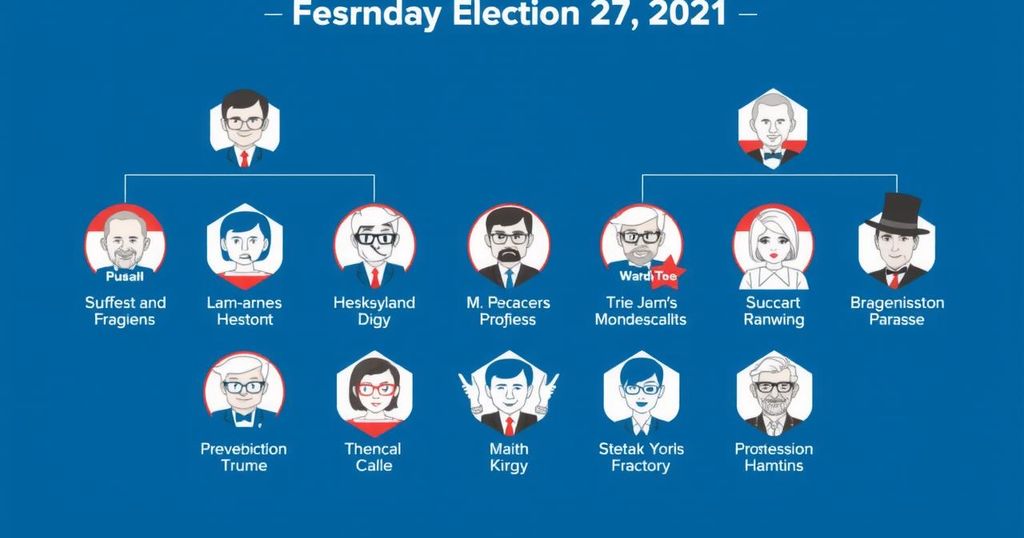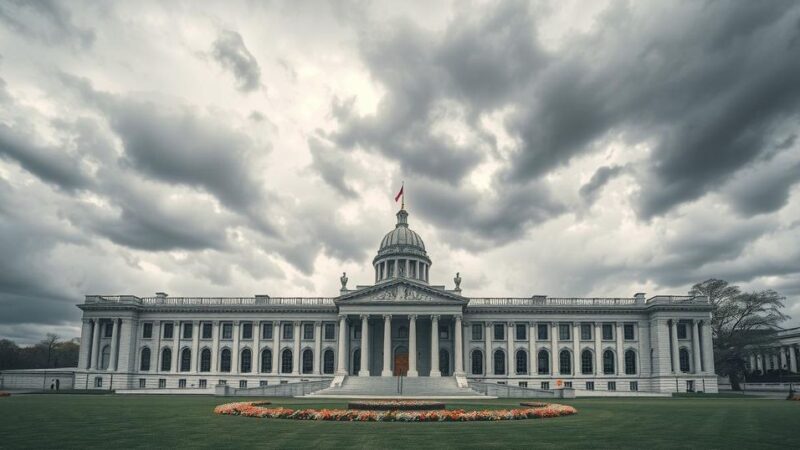The opinion piece presents predictions from various columnists about the upcoming elections, highlighting key swing states and the influence of political dynamics. Columnists express uncertainty about outcomes, referencing historical precedents and current voting trends. The conversation reflects a consensus on the unpredictability of the election results, acknowledging factors such as polarization and voter sentiment leading to Election Day.
This opinion piece compiles predictions from several columnists regarding the upcoming election, highlighting the uncertainty surrounding the outcomes for both the presidency and Congress. The discussion centers on key swing states and the influence of current political dynamics, such as party affiliation and issues like reproductive rights. Columnists James Hohmann, Karen Tumulty, and Eugene Robinson engage in a candid conversation, reflecting on the narrowing of competitive states compared to previous elections and the significance of voter sentiment leading up to Election Day. Among the notable insights, Mr. Hohmann expresses his hesitance in making predictions, mentioning, “I have thought Donald Trump would win for months, but he seemed to be snatching defeat from the jaws of victory in the final week.” Ms. Tumulty reminisces about the unexpected results of the 2016 election while underscoring the challenges of current predictions. Mr. Robinson offers a broader perspective on the difficulty in predicting results given the polarized political climate. The conversation further assesses the influence of factors such as third-party candidates and voter turnout, especially among women, and debates the potential outcomes in states like Nevada and Wisconsin. Overall, the piece underscores the unpredictability of the election, with predictions ranging widely and the stakes seemingly higher than ever.
The upcoming elections in the United States are characterized by significant uncertainty, with columnists expressing their analysis on critical factors that could influence the outcomes. These include shifts in party identification, electoral dynamics, and the importance of key swing states. Historical context from the 2016 elections is referenced to illustrate how prior outcomes can inform current expectations, while also highlighting changes in the political landscape, such as increased polarization and shifting voter priorities. Columnists provide insights based on polling trends, voter turnout data, and emotional undercurrents affecting public sentiment, contributing to an atmosphere of speculation and intrigue leading up to Election Day.
In conclusion, the discussions presented in this opinion piece reflect the diverse predictions and analyses regarding the forthcoming elections, emphasizing the fluidity of the political terrain. Columnists recognize the uncertainty that pervades voter decisions, particularly in swing states and in relation to pressing issues such as reproductive rights. As experts navigate the complexities of electoral forecasting, it is clear that various factors will play a critical role in influencing voter behavior and determining the final outcomes on Election Day.
Original Source: www.washingtonpost.com






